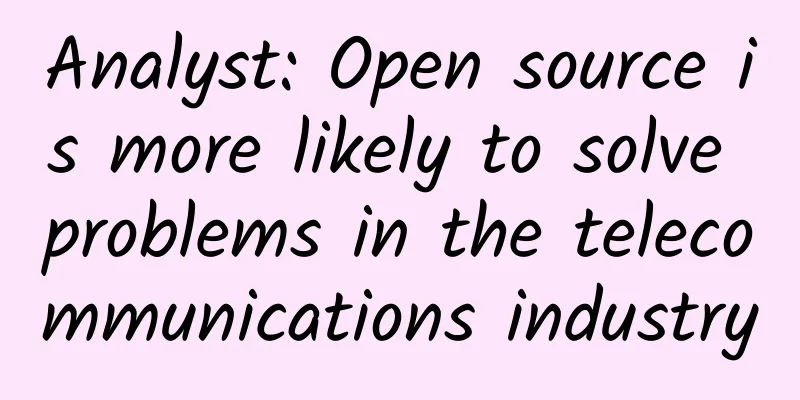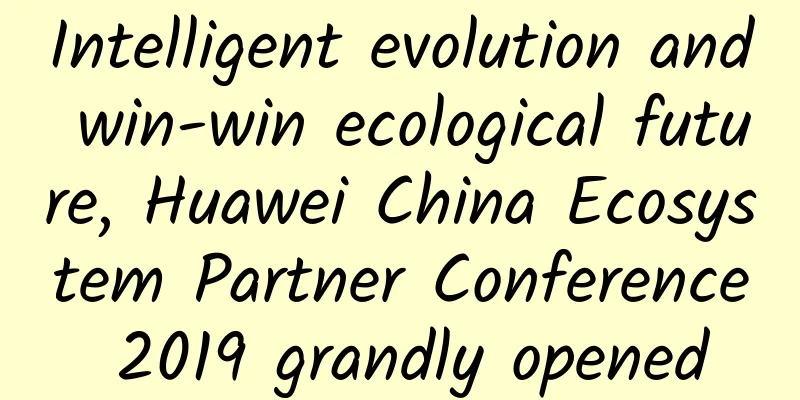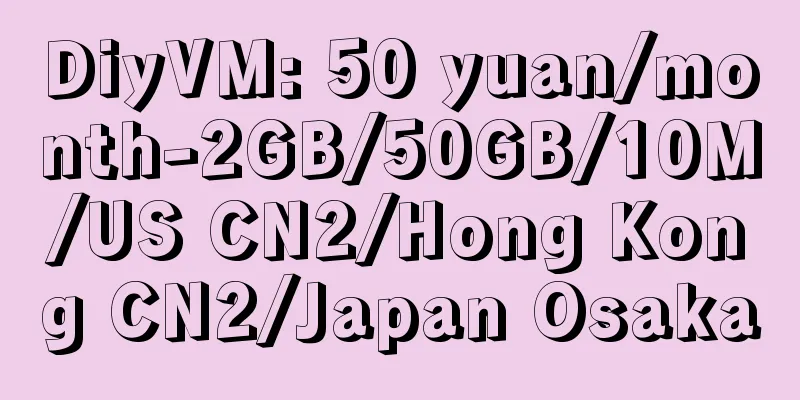Analyst: Open source is more likely to solve problems in the telecommunications industry

|
A senior consultant in the telecommunications industry once said that judging from the progress of 5G standards, the traditional standard-setting process is still a representative of the industry's backward productivity, and its slow advancement speed has not played any positive role in the development of the entire industry. Tom Nolle, president of CIMI, believes that the open source code process can solve problems better than the traditional process. He said: "The standardization process of 5G and the application process that SDN and NFV have gone through, we can see that the industry has to find new ways to deal with new technologies. Compared with standardization work, the open source approach has more advantages." Due to antitrust laws in the United States and Europe, developing telecommunications specifications requires an open consensus-based process, but in standards organizations, these processes have long been dominated by vendors, who are interested in recent products and profits and can obstruct standardization. Over the past few decades, there have been countless examples of standards organizations being bogged down by vendors pursuing their own interests, such as IMS, AIN, and even ISDN. Tom Nolle said: "The advantage of open source is that manufacturers are not very interested in adopting open source software because they cannot directly benefit from it. Therefore, the development of the open source field is often not as easily hindered by manufacturers as standard organizations. One of the driving factors for the continuous development of open source code is to reduce the obstacles of manufacturers." Tom Nolle believes that the potential for open source programs lies in handling software-driven functions, and in his opinion the success of any given open source project will be based on having the right software architecture. He said: "In general, the people involved in these open source projects are not software architects, so we don't necessarily have to start open source projects in the right way." Tom Nolle believes that the most successful example of an open source project is the Open Network Automation Platform (ONAP). He believes that ONAP is the best hope for the success of software-driven networks in the communications field, which is a conclusion drawn based on AT&T's four years of work. He said: "The biggest reason why ONAP has such a clear advantage is that AT&T completed the relevant work of ONAP internally and then opened the source code. If AT&T had directly handed the concept of ONAP to the open source community four years ago, we might still see discussions around the scope of ONAP today, which is far from the level of development of ONAP today." In fact, the industry needs to reach a consensus that in today's world, assuming that the software architecture is correct, open source software is easier to implement than traditional SDO, and the open source approach may be the best way to solve the problems facing the industry. He pointed out: "If you look at NFV, for example, the real problem is no longer NFV, it's service lifecycle automation, cloud hosting, data center operations, big data, FCAPS, OSS/BSS, there are so many things that vendors cannot implement all of them, but the business case for software-defined next-generation networks requires this breadth, otherwise it will not be deployed." Open source brings huge advantages because you can't have dozens of different vendors working together to accomplish a task or goal, even if their software architecture is correct. ONAP succeeds because it is so big that few vendors can achieve it alone. The issue of open source is still causing widespread debate in the industry. Whether open source can accelerate innovation and consensus is an interesting question that will surface in the coming year. |
<<: 802.11ax emerges, what does it bring to wireless?
>>: Top 10 predictions for the IoT industry in 2018
Recommend
Huawei Cloud and Xinhua News Agency work together to bring news closer to you
The booming development of digital technology has...
How to choose NB-IoT, Cat.1, and Cat.M for IoT device communication?
1. What is NB-IoT NB-IoT (Narrow Band Internet of...
Don't understand the network I/O model? How to get started with Netty
Netty is a network application framework, so from...
A brief introduction to ZAB protocol in Zookeeper
The full name of the ZAB protocol is Zookeeper At...
China Minsheng Bank and Huawei reach strategic cooperation to jointly build a digital smart bank
[51CTO.com original article] On February 8, China...
A white-label vendor's perspective: The evolution of minimalist switch NOS
Traditional switch operating systems (NOS) are a ...
10gbiz: Hong Kong CN2 GIA/Los Angeles CN2 GIA VPS 50% off, starting from $3.44/month
A friend asked about the discounts of 10gbiz this...
Understanding CPU, GPU, ASIC and FPGA in one article
With the rapid development of science and technol...
PacificRack VPS, 5-253 IPs per year starting from $50
PacificRack is a site under QN Data Center, mainl...
VMISS 30% off for all items, monthly payment from 18 yuan, Hong Kong CN2/Japan IIJ/Korea CN2/Los Angeles CN2 GIA/AS9929, etc.
VMISS is offering a 30% discount on all VPS hosts...
Co-construction and sharing to protect and release the dividends of 5G
[[351365]] There has always been controversy in t...
Won the award again! Ruijie Networks won the title of "2021 ICT Industry Influential Enterprise"
On January 6, the "2022 ICT Industry Trends ...
5G starts with the network taking the lead. H3C MSR 5G router promotes the implementation of 5G applications
In the era of the Internet of Everything, 5G, as ...
This explains the relationship between IP address, subnet mask, and gateway, and even those without technical skills can understand it.
The Internet is everywhere and deeply affects our...
IDC: Core network infrastructure market growth is slow but stable
According to IDC's Global Ethernet Switch and...









